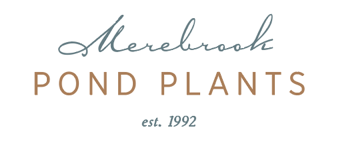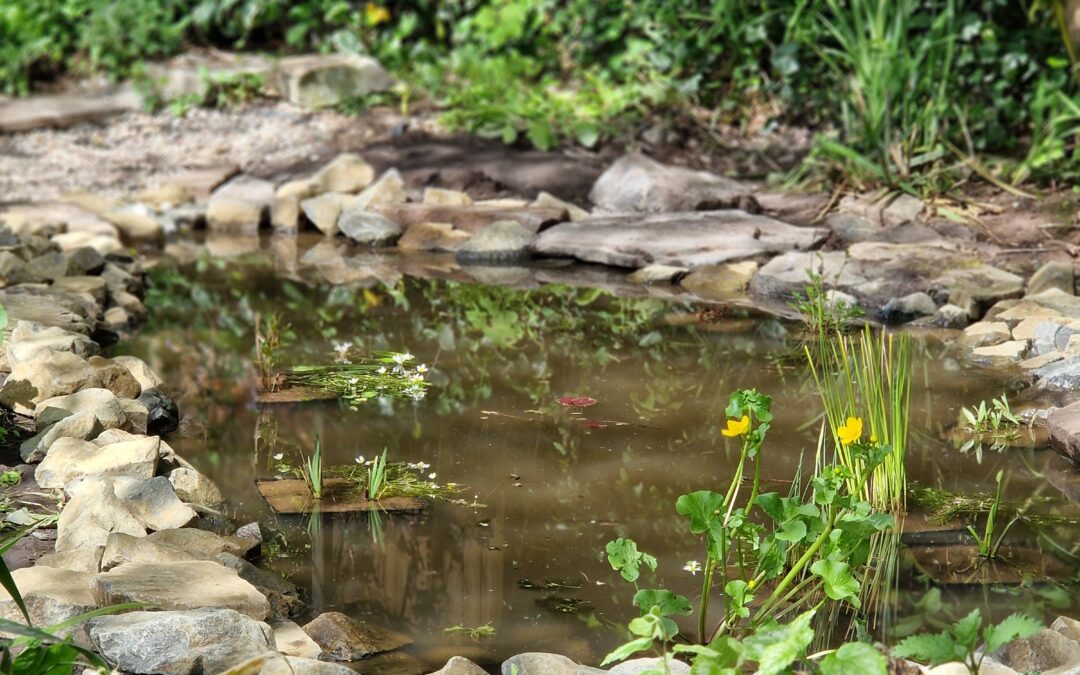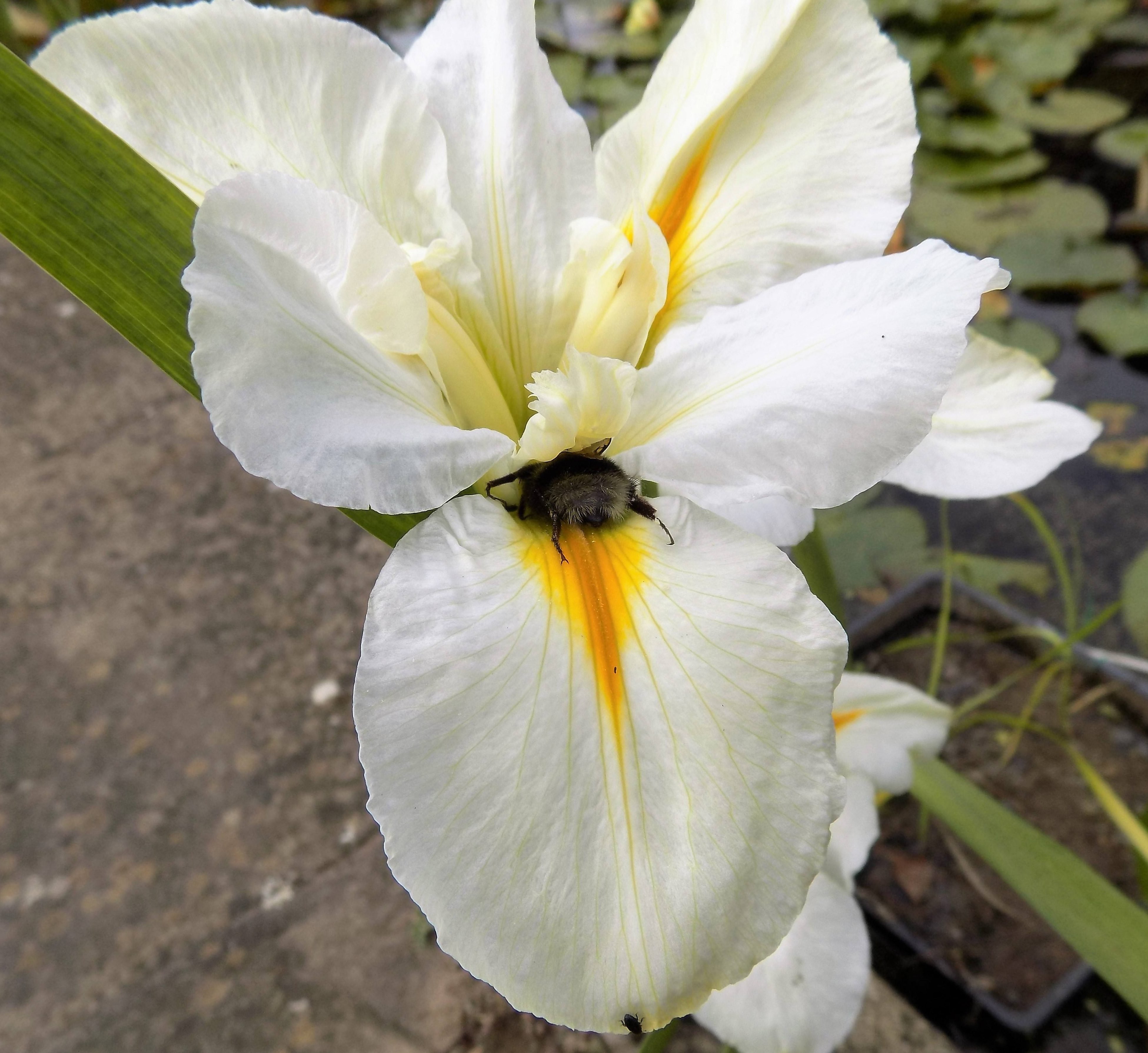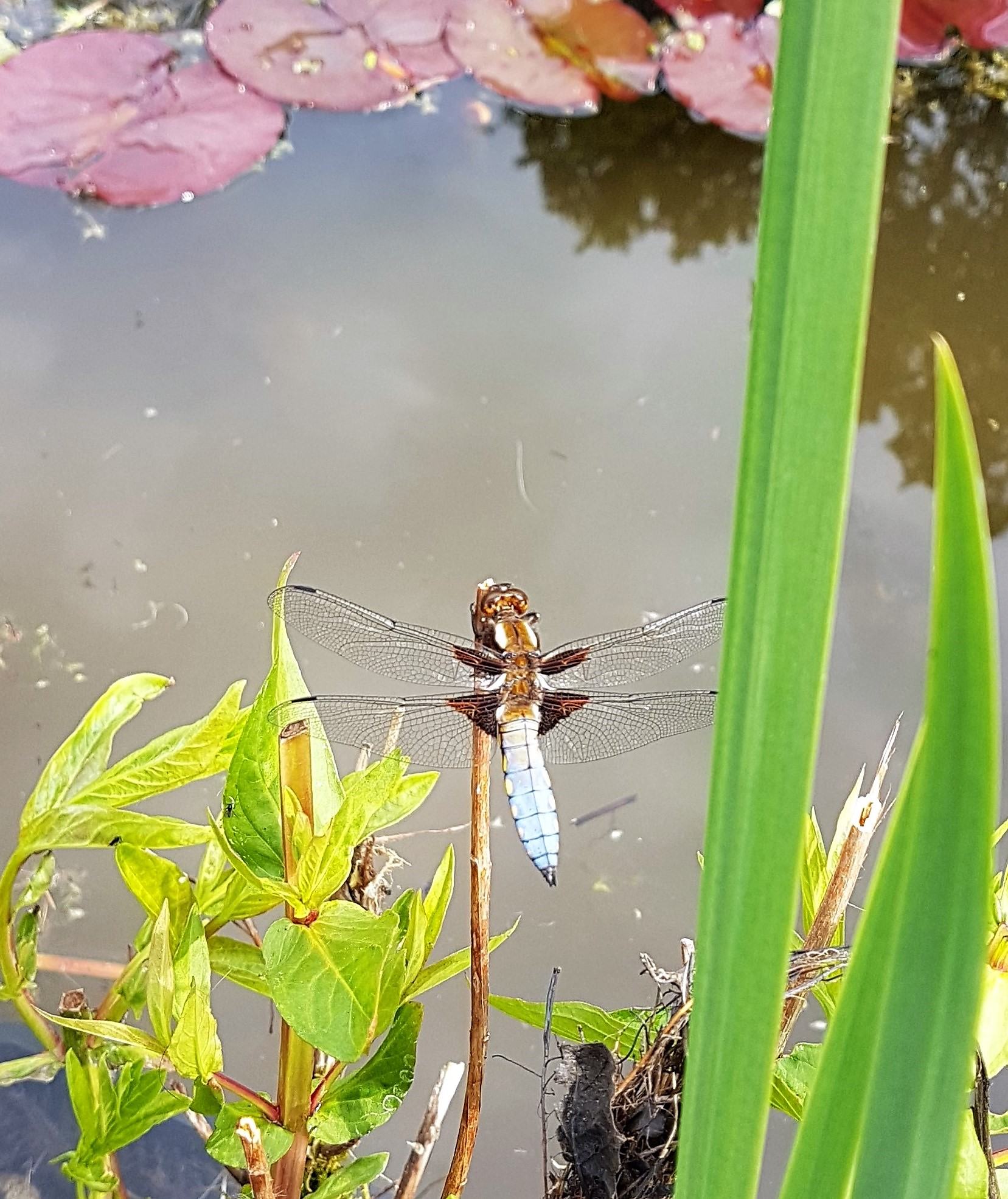In our gardens and nursery, we get so much joy from the wildlife that visits our little oasis. One of the most wonderful things about water gardening is when you spot the first damsel flies of the season or wriggling frogspawn and signs of visiting mammals at your pond. To celebrate the arrival of Spring is finally here and to celebrate we are launching our Wildlife and Nature pond plant pack, and for May, we’re throwing in all eight planting baskets absolutely free!
Perfect for wildlife ponds & nature ponds up to 6m x 2m x 50 cm deep with some shallower (20 cm deep) shelves for the marginals. The pack includes nine different varieties of native plants, each with its unique role in the ecosystem. For instance, the six native marginal plants provide shelter and food for various wildlife, the two native deeper water plants help maintain water quality, and the native oxygenating plant contributes to the pond’s oxygen levels. We’re adding the planting baskets for free. All the plants are chosen by us to help you create a diverse ecosystem and encourage and support the wildlife in your garden.
The first principle in building a wildlife pond that everyone will love is that it should provide a happy and healthy ecosystem. In order to achieve this, there must be enough plants growing in the water to compete successfully with any algae for the nutrients, otherwise blanket weed will become a problem.
Get your wildlife pond right from the start
For maximum flexibility, when building the pond, make the plant shelf no less than 25cm below the surface of the normal water level. This allows you to plant into 5lt planting baskets and allows for moving, weeding and cultivating each variety of plant without disturbing the whole environment. Most pond plants will fill a 5lt planting basket within a couple of seasons.
The baskets also provide easy access for visitors to the pond, making a ramp unnecessary. Beach-type ramps take up a disproportionate area in any pond, so if you have to choose between the beach and growing space, we would recommend more plants as the growing area is what
brings in the critters. As long as all of the baskets are filled to the brim with soil with a 2cm top dressing of pea gravel, and the water level covers some baskets completely, there is always somewhere for wildlife to get in and out of the pond.
Choose the right plants for everyone
The plants you choose should provide safe cover for access to the water and include taller plants for emergent insects, some flowering plants for pollinators and a range of textures to provide cover and make it all look good. You will find that there are no gaps in the herbage surrounding a natural pond, so you should aim to fill the shelf with plants in the first couple of years. You can do this by buying in plants or by dividing existing plants as they get more established, it depends how long you want to wait.
If you grow grass right up to the edge of the water it will require routine maintenance as it will tend to grow into the water and wick water from the pond which can affect the water level in the pond too.
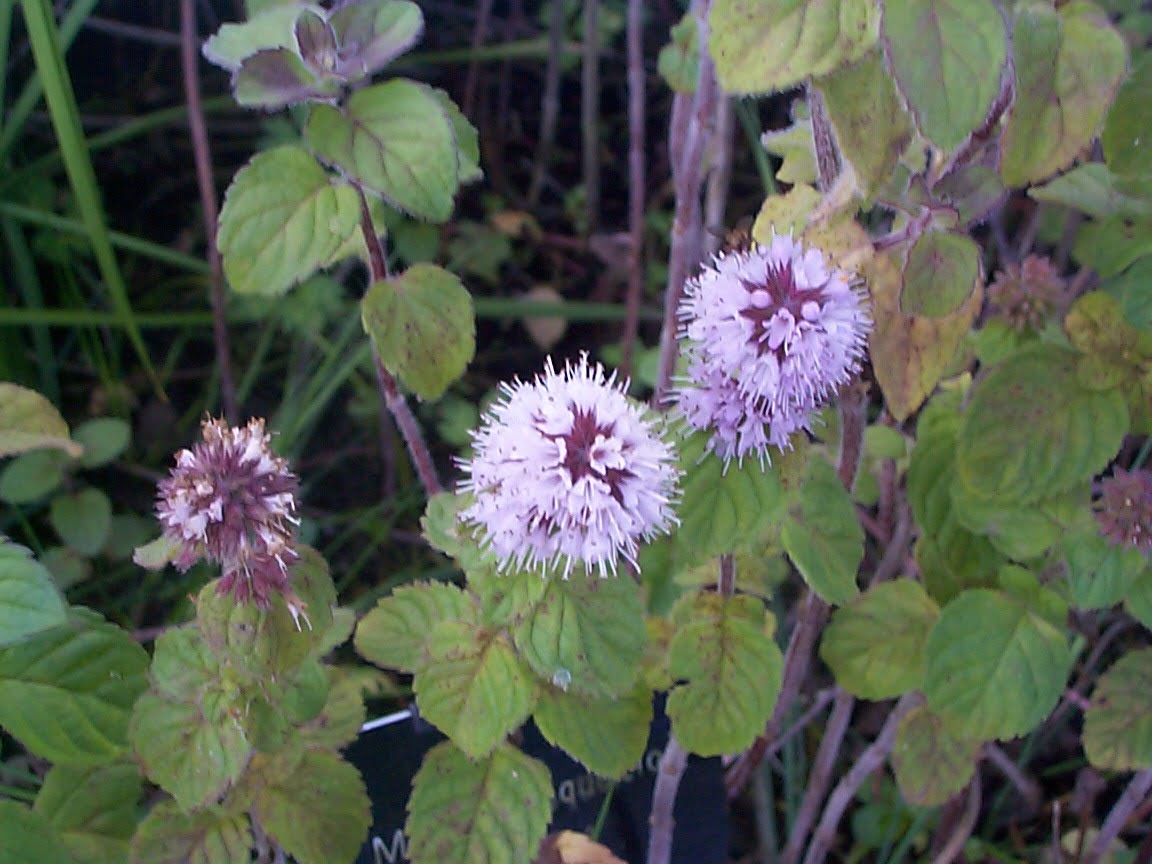
This is their pond – keep the critters in mind
Finally, if you build any kind of pond anywhere, it will be colonised by a whole range of native wildlife, from frogs to grass snakes, sparrows to herons, dragonflies to mosquitoes, newts to leeches. We have never found it possible to welcome only those species that we want and exclude the ‘unhelpful’ ones, and even the difficult or less attractive ones play a part in the ecosystem.
For us this is part of the fun and challenge of having a pond in the garden – even when a passing otter clears out all the goldfish overnight or you find a leech you have to smile and say to yourself “Well it is their pond”!
More about building a natural pond
Read our previous blog on this topic for a little more information or get in touch for more expert advice.
